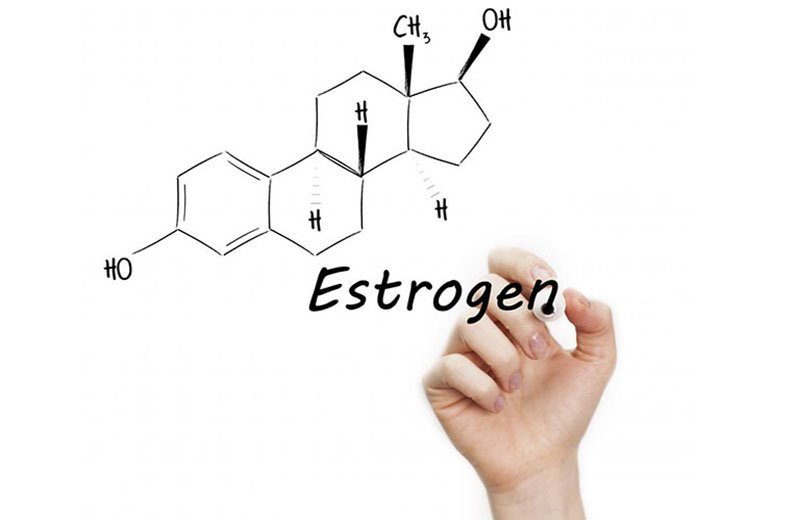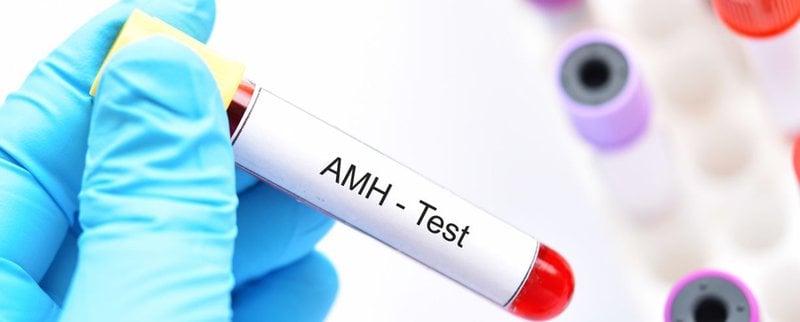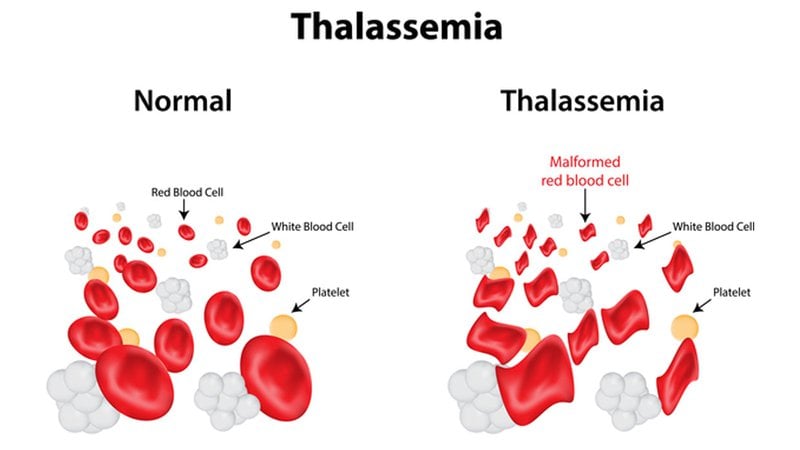Instructions on how to read endocrine test results
This is an automatically translated article.
Endocrine testing is an important test to assess reproductive health in both men and women. So what types of endocrine tests are included and how to read endocrine test results?
1. How to read male hormone test results
The male hormone system includes many substances, of which there are 4 main types: LH, FSH, Testosterone and Androgen. The spermatogenesis process in men is guaranteed to take place normally thanks to the regulation of the activity of these substances.
When the index of these hormones has an abnormal increase or decrease, it may be a sign of a disorder in spermatogenesis, affecting conception.

Nội tiết tố nam thay đổi bất thường sẽ ảnh hưởng tới chức năng sinh sản
1.1 Testosterone Levels Testosterone plays many important roles in a person's sex life and reproductive health, such as increasing sexual pleasure or arousing desire. Accordingly, the Testosterone test is essentially a common blood test. The ideal time to conduct the test is in the morning, when this hormone is at its highest.
Testosterone test results are considered normal when the level of Testosterone measured in the blood is in the range of 300 - 1,000 ng/dl. If testosterone levels are below this threshold, it can reduce sex drive, affect the ability to get an erection of the penis, and even lead to infertility.
1.2 FSH Index All patients with unexplained spermatogenic failure or azoospermia are indicated for FSH testing.
The FSH test results are in a safe range from 2 to 12 mlU/ml.
Low FSH: a sign of diseases related to the pituitary gland or hypothalamus. High FSH: spermatogenesis is compromised and the testes' ability to produce sperm is no longer functional. 1.3 Estradiol Index Estradiol is produced in the testes and adrenal glands and is the most potent estrogen hormone. Estradiol tests are often ordered to evaluate problems related to puberty in boys and girls. The normal estradiol index in men is between 28 and 156 pmol/l.
Elevated estradiol levels can be a sign of erectile dysfunction. Conversely, subthreshold estradiol levels may be due to delayed puberty or hypogonadism.

Estradiol là một dạng của hormone Estrogen
2. Female hormone test
Female hormone test has the role of evaluating the functioning of the ovaries and the ability to store eggs.
2.1 Prolactin Test Prolactin is an important hormone in maintaining female fertility. It has the ability to inhibit reproductive hormones such as follicle-stimulating hormone FSH or gonadotropin-releasing hormone (GnRH) to allow the egg to develop and stimulate ovulation.
Prolactin levels that are too high can affect ovulation and lead to infertility. Prolactin test results are normal when the Prolactin index is between 127 and 627 uU/mL.
2.2 AMH hormone index AMH is produced by cells in the ovarian follicle. The hormone AMH indicates the ability to store eggs and supply eggs in the ovaries. The normal range of AMH is 2 to 6.8 ng/ml. If the AMH level is less than 2ng/ml, the person is at high risk of infertility.
2.3 FSH Hormone Index The hormone that is primarily responsible for stimulating egg production is the hormone FSH. The normal range of FSH hormone in the follicular phase is 3.5 - 12.5 mlU/mL. People at risk for polycystic ovary syndrome (PCOS) often have higher-than-normal FSH levels.
2.4 LH Hormone Level A test that measures LH levels is usually done on the 2nd or 3rd day of the menstrual cycle. This is one of the female hormones that play the most important role in the reproductive process. LH levels that are too high can affect ovulation as well as the menstrual cycle. This increases the risk of infertility or polycystic ovary syndrome. The normal LH hormone index in women is between 2.4 and 12.6 mlU/mL.
2.5 E2 or estradiol hormone levels The E2 test is done at the same time as the LH test. Estradiol is secreted by the follicles in the ovaries and is responsible for activating the reproductive cycle. Normal E2 hormone levels are in the range of 46 – 607 pmol/L.
2.6 Progesteron Index Progesteron takes care of preparing the endometrium for implantation and helps maintain pregnancy. A lack of progesterone during pregnancy can increase the risk of miscarriage caused by luteal insufficiency. Normal progesterone levels are in the range of 0.67 - 4.7 nmol/L.
Above are some instructions on how to read male and female hormone test results. You can refer to it to determine if your hormone test parameters are within the safe range. In case you have any questions or concerns, you should directly consult your doctor so that you can better understand your current condition.
For consultation and treatment at Vinmec International General Hospital, please come directly to Vinmec health system or register online HERE.
SEE ALSO:
Male and female hormone testing: What to know What tests are commonly done during a general health check-up Are blood tests accurate anymore?
This article is written for readers from Sài Gòn, Hà Nội, Hồ Chí Minh, Phú Quốc, Nha Trang, Hạ Long, Hải Phòng, Đà Nẵng.





